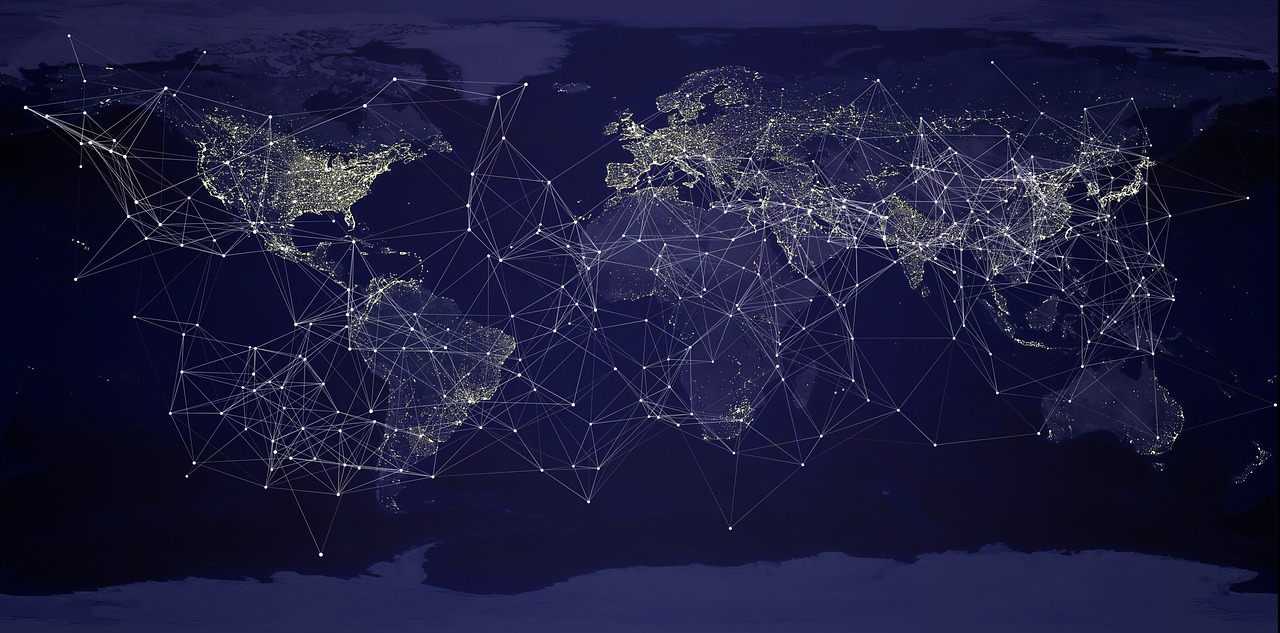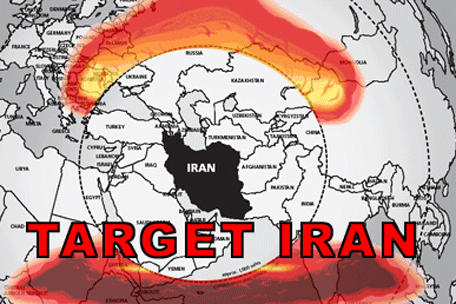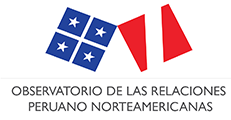Elections are essential part of a healthy democratic system. It is a process which exercises one´s right to vote that each and every citizen should have. The freedom of choice based on the quality of their program, how considerate the candidate´s own awareness with the reality of issues within the country or even the international agenda. In the more pure sense, it is one of the rare moments when the population has the power to elect the rulers of their destiny.
Having elections in Peru and in the US has turned out to be exciting, because it shows how different the two elections are, in terms of the process yet how similar are the quality of candidates .
It is interesting to observe how the US indirect democracy is working, the rush of the primaries, the fight to convince as many states and electoral voters possible, showing how the political parties are structured, and even promoting debate between numerous candidates from both arenas. Still this ongoing process will close down on November where people exercise their final choice. Meanwhile in Peru, direct democracy has produced nineteen candidates, each one with overlapping ideas and promises of every kind. In less than one month (with political campaigns that recently started in December) Peruvians will be asked to “trust” a new president that will last five years, coinciding with our 200 years of independence and the opening of the next century.
Election shows that democracy is working, however various factors such as weak institutions, corporate corruption and the lack of trust in their political representatives diminishes the value of democracy. What is concerning is not the system which can self-regulate, but the vetting process of the candidates which seems to be the issue.
Donald Trump has become a strong option for the Republican Party, while, Hillary Clinton and Bernie Sanders are intensifying their speeches for winning the primary race. It is a lengthy race, as I have mentioned, but could these candidates fulfil the US citizens’ expectations? It is difficult to foresee an answer to this, with the evidence showing that the young electoral voters are disappointed and mistrustful of their candidates.
If lack of trust has arisen, why is this happening? As a simple exercise let’s compare these candidates with the Peruvian ones. Before the impeachment of Cesar Acuña he showed himself as a successful businessman (similar to Donald Trump) that desired the presidency; while Verónika Mendoza, still on campaign, has directed a specific attack to transnational corporations (Bernie Sanders’ speech). Or Keiko Fujimori, daughter of former ex-president Alberto Fujimori (imprisoned for human rights crimes), running for the presidency, pretty much same as Jeb Bush (as part of the Bush clan), or even Hillary Clinton in terms of family ties. In addition, the debate of Ted Cruz nationality, brings home the parallel speculation about Pedro Pablo Kuczynski’s passport and national loyalty. Is Peru imitating political profiles from the US, or is it a general crisis in the democratic model?
Finally, in terms of speech consistency the most common criteria is a type of “mercantilism” which is trying to make a revival of “homemade is the best”, or promoting aggressive discourses against foreigners. In the case of Peru the speech of confrontation with multinationals, or the idea of renegotiating current contracts in the extractive sector.
While some sectors question the idea of having a democracy as the best alternative way of organising as a society, it is more suitable to question if democracy is producing the appropriate candidates for the uncertain times ahead.




Expositores: Oscar Vidarte (PUCP) Fernando González Vigil (Universidad del Pacífico) Inscripciones aquí. Leer más
Una retrospectiva para entender los próximos cuatro años. Leer más
En la conferencia se hará una presentación de los temas más relevantes del proceso de negociación se llevó a cabo desde el 2012, así como del acuerdo de paz firmado entre el Gobierno colombiano y la guerrilla de las FARC a finales del 2016. Se analizarán los desafíos y las... Leer más
El Observatorio de las Relaciones Peruano-Norteamericanas (ORPN) de la Universidad del Pacífico es un programa encargado de analizar y difundir información relevante sobre la situación política, económica y social de Estados Unidos y analizar, desde una perspectiva multidisciplinaria, su efecto en las relaciones bilaterales con el Perú.
© 2025 Universidad del Pacífico - Departamento Académico de Humanidades. Todos los derechos reservados.

